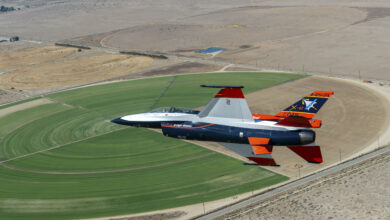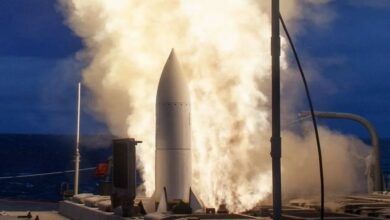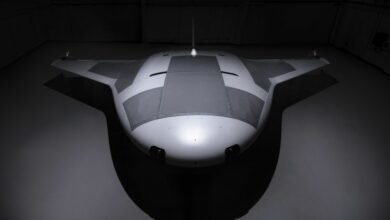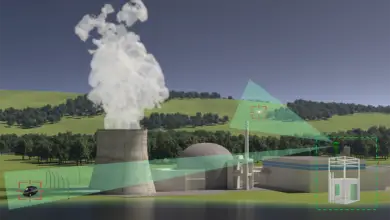KEF Robotics Developing AI-Enabled Obstacle Detector for US Army Tethered Drones
KEF Robotics has received funding from the US Department of Defense to develop an artificial intelligence (AI)-enabled obstacle detection solution for US Army tethered drones.
The company announced that it is exploring an infrared and electro-optical (EO) camera-based system that allows drones tethered to moving vehicles to detect operational hazards, such as power lines and tree limbs.
It will reportedly use machine-learning algorithms and sophisticated cameras to build a “very complex” map of the environment as the unmanned system moves through an area.
“The DOD wants to move these through challenging urban environments at high speeds, and we’re building a system that can detect hazards far enough away that you can plan the path of the aircraft and fly underneath the hazards or otherwise avoid them,” KEF Robotics CEO Fraser Kitchell explained to DroneLife.com.
The Pittsburgh-based software company said it is now using Duality AI’s Falcon simulator to develop scenarios and train tethered drones to avoid obstacles using the new solution.
Once developed and installed, the obstacle detection system is expected to allow tethered drones to carry out missions safely day and night.
Modernizing Tethered Drones
Tethered drones are unmanned aerial platforms connected to mobile military vehicles via a power and data cable.
They increase warfighters’ situational awareness by providing visual and other data from a bird’s-eye perspective.
Since they are connected to vehicles, these drones continuously receive power from the ground, allowing them to stay aloft nearly indefinitely and provide non-stop overwatch capability to ground assets.
However, since tethered drones fly at lower altitudes than other unmanned aerial vehicles, they are vulnerable to traffic lights and other low-hanging obstacles.
Modernizing them through integrating an advanced obstacle detection system would enable a higher mission success rate, as they can see potentially damaging obstacles from a safe distance.
Meeting Budget Requirements
According to KEF Robotics, the solution will only leverage high-resolution cameras instead of more sophisticated data-recording technologies such as LiDAR (Light Detection and Ranging) to satisfy the US Army’s budget requirements.
The system also does not emit radio or electromagnetic frequencies, making it a simple, low-cost, passive solution.
“Don’t go out there and use that $100,000 infrared camera. Try and use the $7,000 infrared camera and the $600 EO camera and the computer that you can buy at the local hardware store or the local computer store,” Kitchell said.












